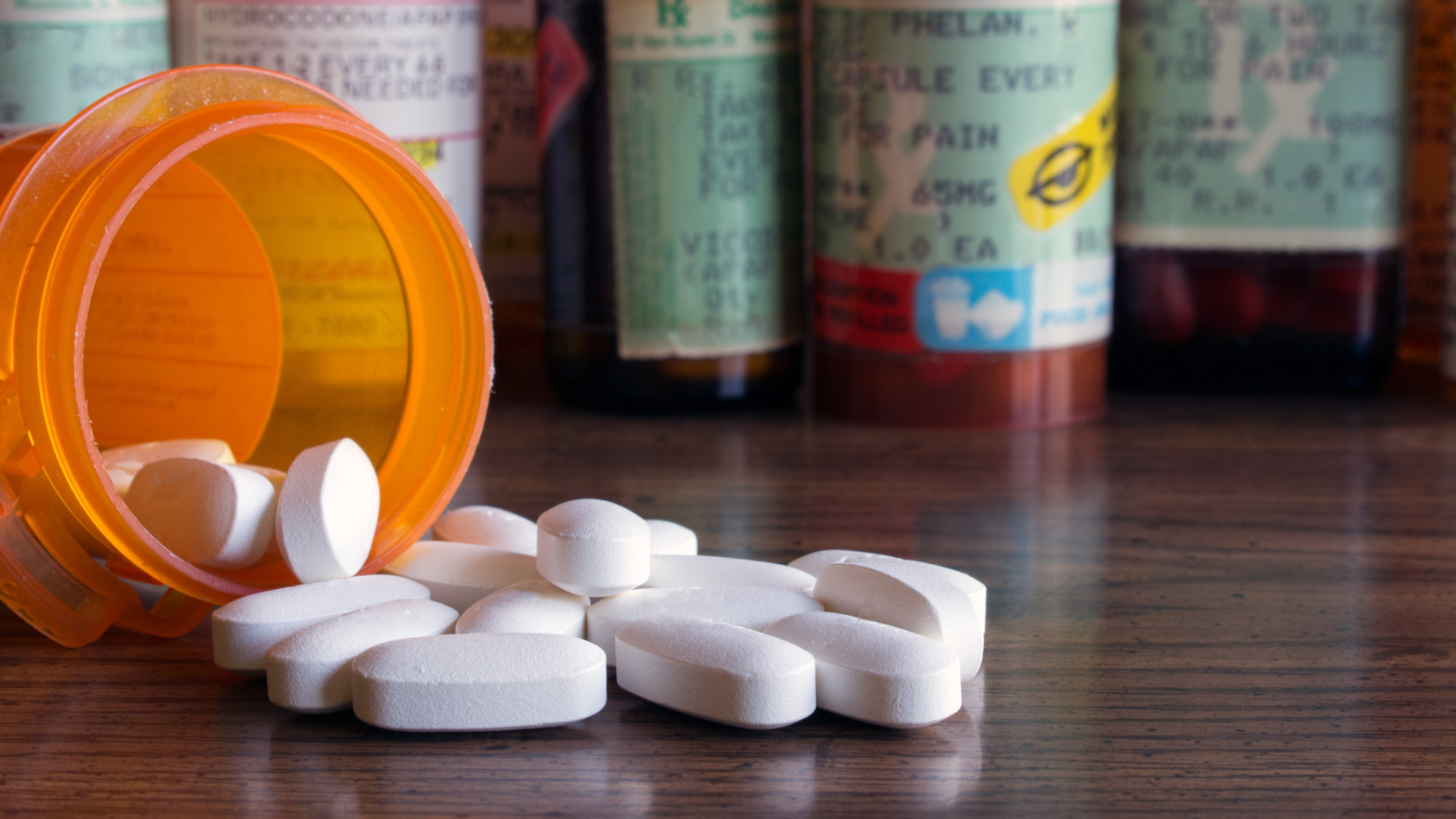Something’s Not Right: 10 Opioid Addiction Signs Families Should Know
Opioid addiction is a cruel disease that claims the lives of millions every year. If you’re concerned your loved one may be struggling with an addiction, it’s never too late to get them the help they need.
Recognizing the symptoms of opioid addiction can be difficult, especially in the beginning stages. As time progresses, however, your loved one will likely start acting like less like themselves.
That’s why recognizing any of the following opioid addiction signs is critical to making sure you can confirm that your loved one is addicted and you can start getting them the help they need.
Be sure to read this guide thoroughly and know what your options are if someone you know has an opioid addiction.
Opioid Paraphernalia
One of the most common signs of opiate addiction is drug paraphernalia strewn around the spaces of a user.
If someone is abusing opiates you may find:
- Hard surfaces with dust on them
- Foil squares for transporting heroin
- Pipes for smoking heroin
- Spoons with burn marks
- Needles for injecting heroin
- Belts or cords to tie off the arms
- Loose pills
- Empty pill bottles that aren’t prescribed to them
- Empty baggies containing dust
These signs are most likely to present themselves during the late stages of addiction. Users tend to be more cautious when they first start out.
They are More Irritable
Opioid dependency can cause many psychological changes. Chief among these can be sudden, uncharacteristic mood swings.
These mood swings can be caused by irritability, a common sign of opioid dependence. The user may also have trouble concentrating and thinking quickly.
This is because opioids are depressants. They slow down the body’s systems and cause people to become more resistant to pain.
Opioid addicts may also fall asleep more often at inappropriate times because of this system slowdown.
They’re Part of an At-Risk Demographic
Opioid addiction was once common in inner cities among poor communities of minorities.
This has changed since the late 90’s because doctors now prescribe opioids more freely.
While this has led to some good, abuse of opiates now happens more among white working class areas.
Deaths due to opioid abuse also tend to happen more often in white people.
They Have Strange New Friends
Opioid addiction and dependency tend to make for strange bedfellows. Many people who become addicted to opioids make strange friends they seem to have nothing in common with.
Often, this is because they get to know these people from buying heroin together. Some people might also have sex with their dealers in exchange for pills.
Track Marks on Their Arms
If your loved one is using heroin, there are a number of physical signs to look out for.
Track marks are small marks on the arms of people who use heroin. These marks show up because these are the sites where a person plunges the needle into their arm.
Additionally, when a person gets high on heroin, their pupils will contract, they’ll feel calm, have a sense of euphoria, experience pain relief, and feel disoriented.
Visiting Multiple Doctors
Some opioid users will visit multiple doctors in a day to get multiple prescriptions.
If your loved one is constantly visiting different doctors, and possibly going to the ER often, they might be seeking new sources of opioids.
If they ever become desperate enough, they might put themselves in harms way constantly. For example, deliberately getting into car accidents or falling from heights and breaking bones.
This way, doctors will be forced to prescribe them something to help cope with the pain.
Physical Opioid Addiction Signs
Withdrawal, immediate effects and long term effects from opioids can look a lot like other illnesses.
Nausea, vomiting, and constipation are some immediate effects of heroin use. Often, users will wave these symptoms away as being some other sickness.
Long term effects can include weight loss, impulsive decision making, insomnia, and changes to a person’s physical appearance.
Some of these include
- Sagging skin around the face
- Bloodshot eyes
- Bluish tint to the skin
- Skin infections from constant itching
If your loved one has any of these symptoms, they could have an opioid addiction.
Past Physical Injury
If your loved one has had a traumatic physical injury in the past, they may develop an opioid problem.
Chronic pain can be debilitating. Dealing with constant pain can lead to depression, anxiety, hopelessness, and desperation for the pain to go away.
Some people can turn to abuse of prescription painkillers in their need for pain relief.
They Ask to Borrow Money Constantly
Once someone gets to the later stages of opioid addiction, it can become debilitating.
Many users report feeling their mind becoming consumed with thoughts of how they could get more of the drug they wanted.
This leads them to ask friends and family for money. Often times they had no means or intention of paying it back, and their only concern was with getting more.
Family History of Opioid Addiction
There is evidence to show that opioid dependence can be influenced by genetics. If you suspect someone might have a problem with opioid dependence, it is possible that it runs in their family.
Some genes can influence a person’s brain structure. As such, some people are born with more receptors to certain kinds of chemicals.
These receptors can heighten the euphoric effects of opioids, putting them at risk for developing an addiction.
Approaching Your Loved One about their Addiction
Once you’ve gone through all the opioid addiction signs and have confirmed that someone close to you is addicted to opiates, take a moment. Make sure that you don’t confront them in a panic.
When the time is right, sit down and talk to them about how they’re feeling. Let them know that you’re aware of their addiction, and find out if they’re ready to get help.
Once they’re ready, you can help them start recovering here.




Leave a Reply
Want to join the discussion?Feel free to contribute!